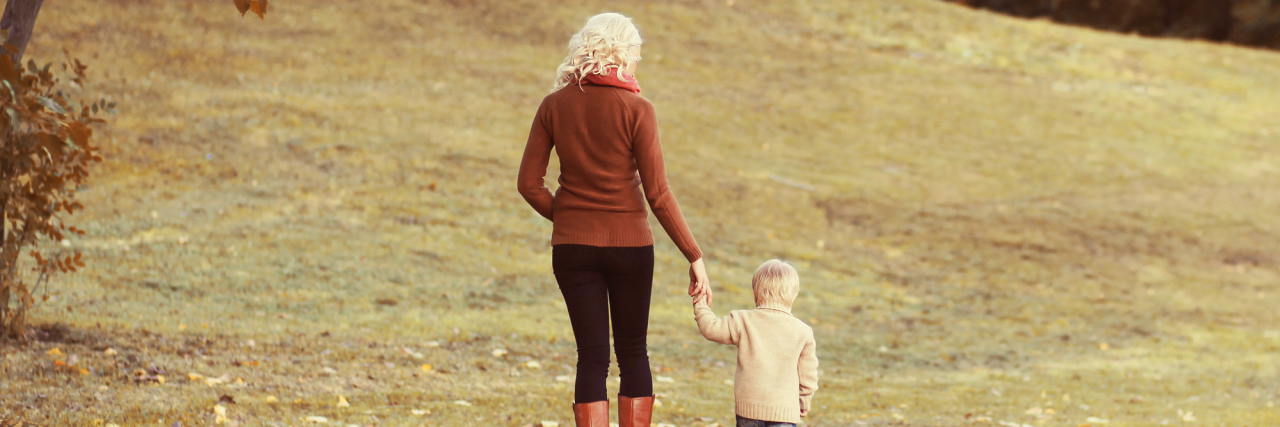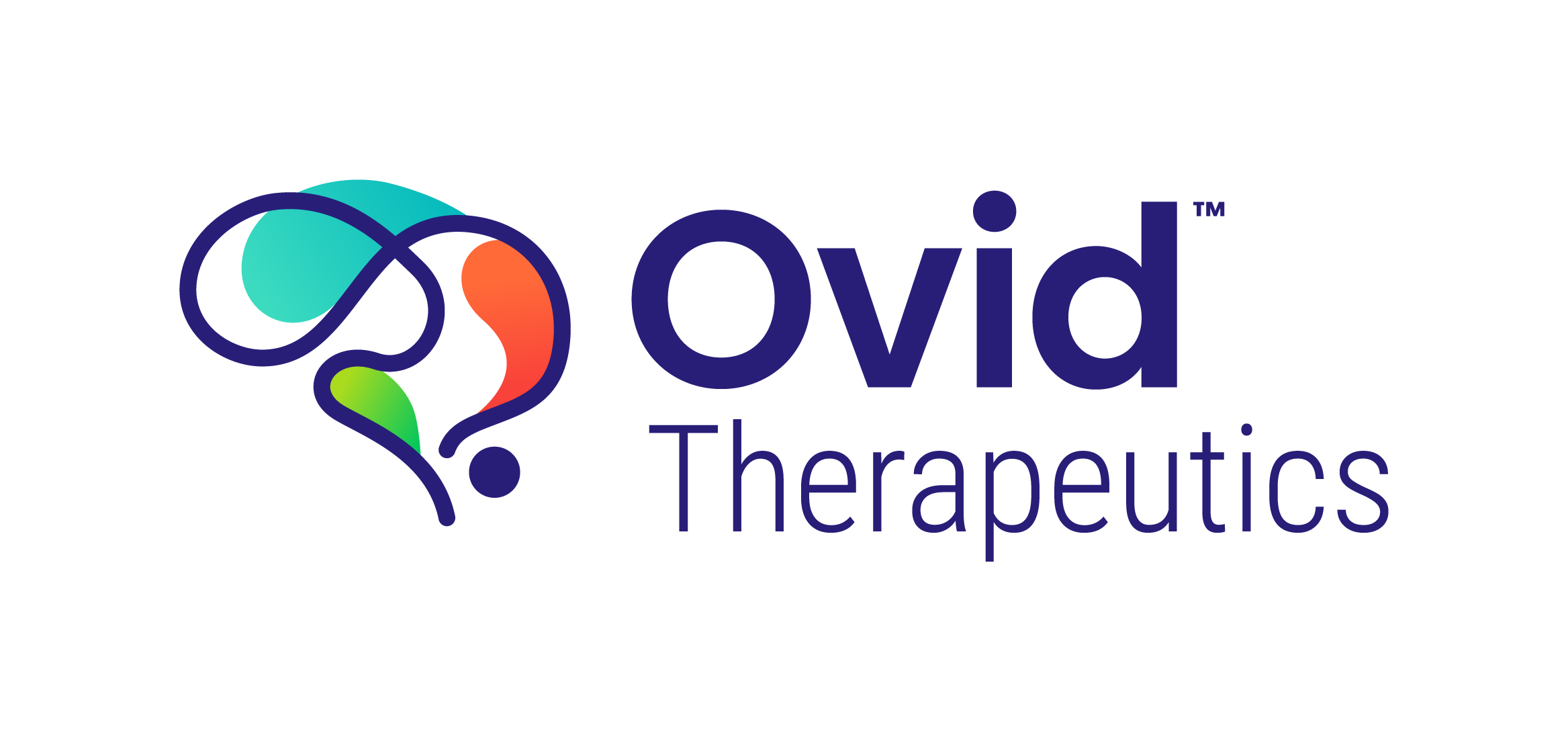When your child has a rare disorder for which there is no cure, the term “quality of life” gets thrown around often. When our son was first diagnosed with Dravet syndrome, I ignored this term, focusing solely on seizure freedom and establishing a sense of normalcy. I was determined that he was going to be the one to beat this disorder. When he was younger and the seizures were fewer and farther between, it was easy to think this way. Then, at age 3-and-a-half, his seizures skyrocketed out of control and our world was turned upside down. Everything became a seizure trigger, from playing at home to taking a bath at night. We became desperate and tried everything we could think of to help him: pharmaceuticals, supplements, multiple forms of medical marijuana, diet therapy, trigger avoidance, switching to a certain type of filtered water. There wasn’t much we didn’t try during this time.
Despite our best efforts, the seizures kept coming and he was now having side effects from his medications and diet therapy. We were at a very low point, and starting to feel defeated. That was when the term “quality of life” entered the conversation. We realized that true seizure freedom was going to be hard to come by. So, our goals shifted. We strived to reduce the frequency and duration of his seizures while keeping side effects to a minimum, and to do what we could do to improve his overall quality of life.
We made adjustments in his treatment which lessened the severity of his seizures. We started venturing outside of our house again. Keeping him home was not preventing the seizures, so we figured we might as well take him out and let him experience life. We got equipment to ensure we were prepared no matter where we were. We invested in an adaptive stroller to transport him, a portable oxygen tank in case he had a bad seizure, a rescue backpack filled with supplies, a cooling vest in case it got too warm, and eventually a service dog to help warn us of impending seizures. As we ventured out to the zoo, theme parks, the aquarium, birthday parties and school events, a beautiful thing happened — we witnessed him truly experiencing joy. When he had a seizure in public, we were prepared. We handled it, and we moved on. He never remembered the seizures; he only remembered the fun he had that day.
When his quality of life entered the conversation, we were able to start choosing joy (and keep choosing it).
When we stopped measuring success solely by quantifying seizures, we were able to see the bigger picture.
This notion trickled into every aspect of his life. When we advocate for services for him, it’s to help give him the most support and accommodations to provide him the best life possible. When we pursue new treatments, we first think about how it will impact the overall quality of his life. We celebrate every milestone and every ounce of progress, looking at how far he’s come, rather than how far he has to go.
Choosing joy in the moment and hope for the future are not mutually exclusive; we will never let go of the dream that there will someday be a cure for Dravet syndrome.
We will continue to do our part to spread awareness and fight for that cure.
We will focus on the good days to help us get through the bad.
We will maintain a grateful heart and know that things could change at any moment.
We will do all that we can to make sure our boy is safe, feels loved, and is happy.
We will continue to be his biggest advocates, demanding new and better options to improve his quality of life.
And we will always choose joy.


